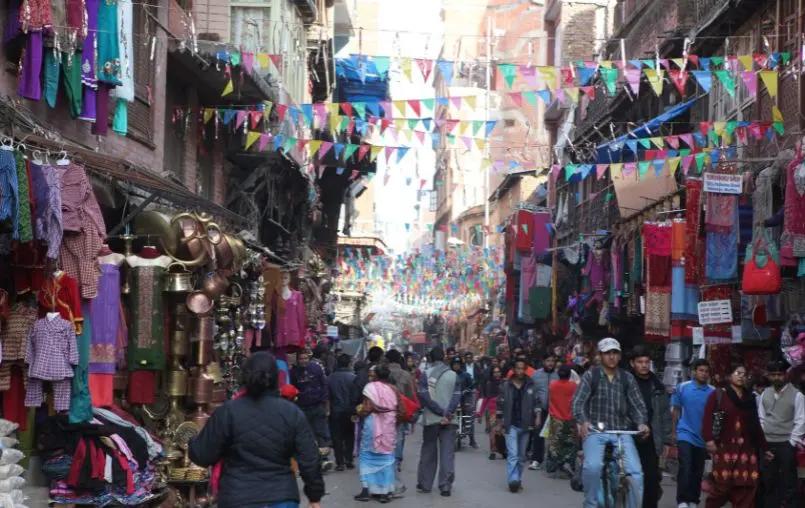By Dipesh Ghimire
Foreign Employment Surges: Over 273,000 Nepalis Receive Labor Permits in the First Four Months of FY 2082/83

Nepal has witnessed a sharp rise in the number of citizens opting for foreign employment in the first four months of the current fiscal year 2082/83. According to the Department of Foreign Employment (DoFE), a total of 273,810 individuals received labor permits between Shrawan 1 and the end of Kartik, indicating a significant rise compared to the same period last year. The surge reflects the continuing trend of out-migration driven by limited domestic employment opportunities and increasing demand for Nepali workers in international labor markets.
The department’s data shows that 73,094 Nepalis received labor permits in the month of Kartik alone. Of these, 64,490 were men, while 8,604 were women. The month-on-month breakdown further highlights growing interest in foreign employment: 68,110 in Shrawan, 67,972 in Bhadra, 64,634 in Asoj, and 73,094 in Kartik. The upward trend observed in Kartik suggests renewed demand for labor in Gulf countries and Malaysia, which remain the major destinations for Nepali migrant workers.
A comparison with the previous fiscal year underscores the scale of the increase. In the first four months of FY 2081/82, only 241,581 Nepalis had received labor permits. This year’s figure of 273,810 represents an increment of 32,229 workers, marking a 13.34% growth in labor permit issuance. The rise reflects a combination of factors, including Nepal’s sluggish job market, stagnant industrial growth, limited employment creation, and attractive foreign wage prospects. For many households, foreign employment continues to be a primary means of income generation and financial stability.
Analysts note that the increased outflow of workers is a double-edged sword for the national economy. On one hand, a larger migrant workforce boosts Nepal’s remittance inflow—one of the largest contributors to the country’s foreign exchange reserves and household incomes. With domestic industries operating below capacity and limited formal employment growth, foreign employment provides a crucial economic lifeline for many families. Remittance inflow has historically helped stabilize Nepal’s balance of payments and maintain liquidity in the financial system.
On the other hand, the rising number of young Nepalis leaving the country highlights persistent structural weaknesses in the domestic economy. The lack of quality jobs, low industrial productivity, limited private-sector investment, and slow economic recovery have pushed many youths abroad. Experts warn that long-term reliance on foreign employment may strain Nepal’s labor market, reduce youth participation in local industries, and weaken the nation’s productive capacity. The government has repeatedly acknowledged the need for job creation, but tangible results remain limited.
The Department of Foreign Employment has stated that it is committed to ensuring safer migration practices, improving monitoring of recruitment agencies, and reducing fraud and exploitation in the foreign employment process. However, migrant rights advocates argue that regulatory reforms must be accelerated to protect workers from overseas abuses, high recruitment fees, and unsafe working conditions. The increase in labor migration also places responsibility on destination countries to strengthen labor protections for Nepali workers.
As Nepal continues to grapple with unemployment, underemployment, and inadequate domestic wage levels, the number of people seeking foreign opportunities is likely to remain high. The latest data confirms that foreign employment remains a central pillar of the Nepali economy—driving remittances, supporting household consumption, and stabilizing the financial sector. Yet it also underscores the urgency for long-term policies focused on economic diversification, job creation, and building a more resilient domestic labor market.









